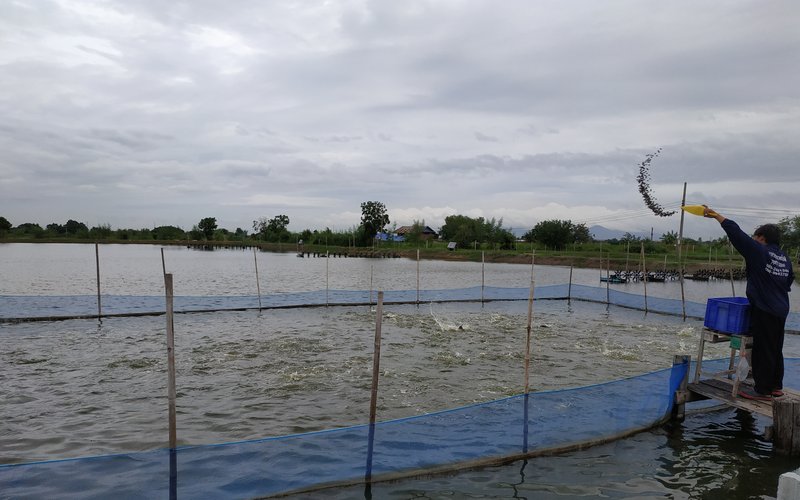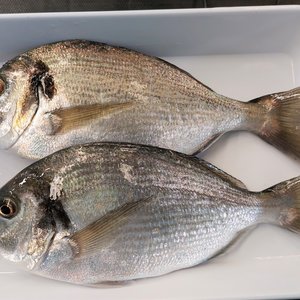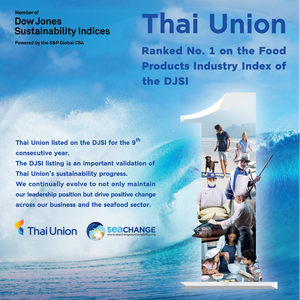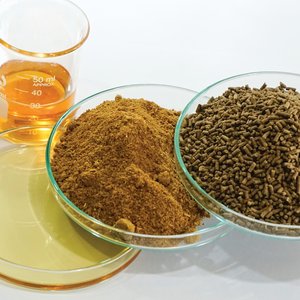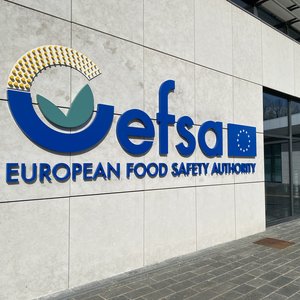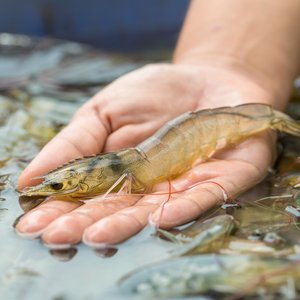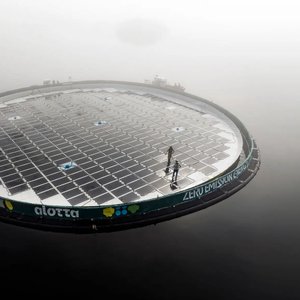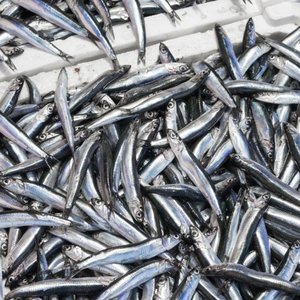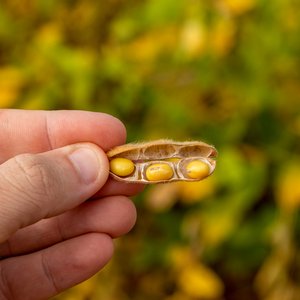In 2022, geopolitics took center stage significantly impacting the global economy. This, together with high inflation, has slowed down the recovery at a time when the industry continues to struggle to stabilize after the pandemic. In this context, Aquafeed.com talked with feed ingredients suppliers about the 2023 expectations and if global conditions are set to improve.
Soaring inflation
Inflation has had a strong impact on the feed industry in 2022. “We’ve already seen raw material and ingredient costs rising with a peak around March and feed mills had to reduce their margin to overcome this issue. Everyone is expecting lower prices in 2023,” said Pierre Fortin, aquaculture manager at Techna.
“The impacts can be very different from region to region, with Europe suffering additional inflation pressure due to elevated energy costs, apart from the inflated ingredient prices. Many feed mill customers expect some of the ingredient prices to come down in 2023 but there is great uncertainty on when and how much. Most of us believe that prices will remain far higher than ‘normal’,” said Peter Coutteau, business unit director aquaculture at Adisseo.
“Production cost, including people and energy, will continue to increase in 2023 but we hope that commodities will cool down, helping the feed total cost to not increase too much,” Vincent Percier, marketing & strategic development director, Symrise Aqua Feed.
For some ingredient suppliers, inflation is an opportunity to offer pricing stability. “With fixed manufacturing costs, we can lock in prices for more than six months helping manufacturers to stabilize at least part of their supply chain pricing. We are therefore communicating with our customers forward-looking pricing for 2023,” said Nick Piggott, co-CEO at Nutrition Technologies.
Ingredient prices
Soaring ingredient prices have plagued the feed industry in 2022 and predicting is difficult, but everyone is expecting lower costs, Fortin said.
“In the first half of 2022, we saw steep increases and high volatility in prices of both protein and energy feed ingredients and also energy prices. But in the second half of the year, we are noticing a trend of prices settling down and trying to attain some stability,” said Saravanan Subramanian, global programme manager aqua at Selko Feed Additives. Subramanian forecast price peaks have already been reached and have attained a new price point stability for feed ingredients and energy.
Certain ingredients, such as corn and soybean meal, have flat to slightly lower futures 2023 pricing underpinned by the completion of northern hemisphere harvests, explained Louis Rens, SVP Global Ingredient Sales at Green Plains. “Southern hemisphere weather will need to be watched to evaluate how it affects planting and growing progress. Fishmeal and fish oil prices will be heavily affected by the progress of the second 2022 Central-North region Peruvian fishing season. With the Peruvian fishing region being affected by La Nina meteorological conditions as well as a delayed start (fishing typically begins early November), industry insiders are concerned it will be a successful season. This will cause upward pressure on Peruvian fishmeal and fish oil prices,” Rens said.
“Any significant deviation from the average annual production of 5 million tonnes of fishmeal and 1.1 million tonnes of fish oil might push prices below or over the values seen in 2022”, said Petter Martin Johannessen, director general of IFFO. “As low production volumes in 2022 have pushed prices up, a larger production in 2023 might lead to a readjustment of the current prices, while a poorer-than-average output might consolidate the current price levels.”
Some suppliers have already implemented cost control measures to limit the knock-on effects of external forces, such as inflation and rising supply chain costs. “We have also had to introduce price increases that are necessary to maintain production capabilities and fund innovation needed to ensure adequate supply for our customers today and develop future breakthroughs that will add value for them while decarbonizing the feed and food value chain. While in the short term this is an effective solution, we know that this doesn’t fix the underlying vulnerability of global supply chains. As such, we’re looking beyond the horizon and investing in ensuring our supply chains are robust and diversified,” Benedict Standen, head of marketing aquaculture global at DSM Animal Nutrition and Health, explained.
“As long as the unstable situation continues, with probable additional unpredictable impacts of (regional) droughts or floodings, which will likely happen in 2023, there will be continued upward pressure on the prices of feed ingredients. Coupled with the increasing rate of inflation in 2022 (and 2023), we are likely to see price pressures for years to come,” Huvepharma stated.
Climate change
Climate events are affecting commodity yields. For example, no changes in fishmeal yields worldwide have been reported, whereas yields of fish oil have been varying in different parts of the world reflecting local oceanic conditions, Johannessen explained. “For instance, Peruvian anchovy’s yields were lower-than-average in the 2021-2002 fishing seasons, but oil yields were extraordinarily high in Mexico in 2021 and in South Africa in 2022. As far as we are concerned, the best way to cope with the natural variability of oil yields is to manage fisheries around the world in a responsible manner.”
As for other commodities such as corn, despite increasingly volatile weather patterns, US corn yields have improved over the years. “Improved technology applications have allowed US corn production to increase even though corn acreage has remained flat since 2007,” Rens said.
Subramanian suggests improvements in the supply chain to cope with climate change. “Climate events increase the risk of crop loss at harvest, and along the post-harvest supply chain. Studies estimate about 5 to 30% of global agricultural crops produced are damaged, lost or wasted annually along the post-harvest supply chain. The majority of crop loss happens due to poor storage conditions, which represent approximately 40% of total post-harvest losses due to exposure to pests, temperature fluctuation and increased moisture leading to the growth of mold and mycotoxin contamination,” Subramanian explained. “We are engaging more with our suppliers to discuss topics related to sustainability. This discussion should go beyond the footprint of the goods and ingredients we buy and explore further opportunities to reduce loss and improve efficiency in the food grains supply chain.”
Standen highlights the need to get the maximum value out of feed and animals, both for the health of the planet and the survival of the sector. “One example of the immediate impact of climate change is the increasing prevalence of mycotoxins in grains, and in turn, impacting yields and impairing animal health and performance. To answer the question, the industry can cope by implementing robust mycotoxin risk management, including the usage of mycotoxin deactivators as an insurance policy.”
But climate change also affects aquaculture farmers. “With record summer temperatures in the Mediterranean and more fluctuating temperatures in tropical areas, aquaculture operations need to cope with more extreme conditions, resulting in windows of suboptimal conditions during which fish and shrimp are less efficient and more sensitive to stress and disease. Functional feeds are key in improving the resilience of farmed species in aquaculture. Soon, nutritionists may have to switch from ‘basal nutrition under optimal conditions’ to ‘functional nutrition under suboptimal conditions’,” Coutteau pointed out.
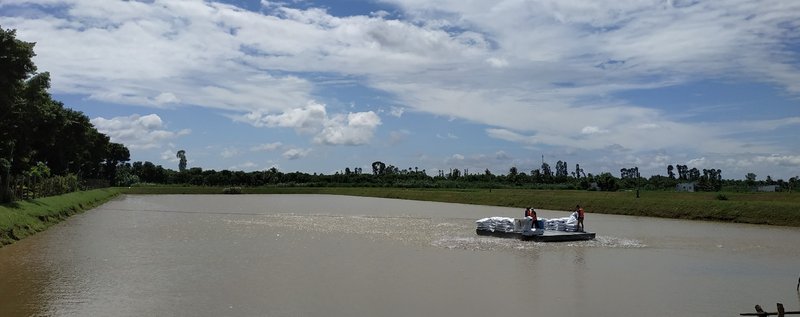
Novel ingredients
In times of scarcity of quality proteins and fats, novel ingredients are expected to play a bigger role. “Algal omega-3 oils were more attractive this year due to the tremendous shortage of fish oil globally,” Coutteau said. More novel ingredients are coming online in 2023. For example, Calysseo, a joint venture of Calysta and Adisseo, is starting up the first industrial plant of single-cell protein. “Although many promising projects are in the pipeline, the upscaling of novel ingredients needs large investments and time, and today’s impact is still limited,” Coutteau highlighted.
“Novel ingredients that were previously considered to be ‘too expensive’ are now coming closer to, or cheaper than, existing ingredient options. This means that as they become economically feasible (e.g. insect meal), there has already been a significant uptick in interest over the past six months, which is forecast to continue into 2023,” Piggott said.
“When it comes to predicting the future, one thing that is clear is that the progression of sustainability relies on diversifying the use of marine raw materials, as well as improved responsibility when sourcing soy and adding novel ingredients, such as algal oil, insect meal and single-cell proteins to the raw material basket. Even under 'normal' circumstances options are a good thing and offer raw material flexibility for formulators. However, despite the raw material crisis, it is important that all new ingredients go through the proper scrutiny to ensure efficacy, safety and quality,” Standen mentioned.
Another trend in Europe was the return of Processed Animal Proteins (PAPs) into the feed in 2022, albeit at a limited scale due to all kinds of restrictions, such as the non-cannibalism principle, Huvepharma stated. The company also sees some gain in interest for ‘known’ feed ingredients, such as lupins and sorghum, which were used in other parts of the world in the past. “The more feed ingredients are available and approved for use in animal feed, the more degrees of freedom a nutritionist and formulator have to formulate feeds at the highest nutritional quality and the lowest cost, without compromising food safety,” Huvepharma said.
There is also an additional debate in Europe regarding the use of GMO or non-GMO ingredients to increase the ingredients’ options. “The debate over their use in the European aquafeed space will be worth revisiting. Restricting their use in Europe limits options for that market,” suggested Rens.
Supply chains
Supply chains have been disrupted across the globe during the pandemic and also after. China's zero-COVID policy and the situation in Ukraine are the main concerns to allowing full recovery.
“We are seeing some improvement in container supply chains in both availabilities and in some cases rates, after a very challenging two years of COVID disruption and logistics bottlenecks,” said Scoular vice president, Chad Gauger.
“During the pandemic, the vast majority of purchasing companies followed ‘just-in-case’ buying to secure supply and build inventory due to high uncertainties. In the second half of 2022, we observe the supply chain is becoming more stable and better managed and freight costs are coming down. But on the other hand, rising inflation means one must have better control of inventories and thereby working capital. In 2023, I expect the industry will cautiously move back to ‘just-in-time’ buying practices to rebalance the risk from the supply chain to manage financial risk,” Subramanian explained.
There is another tendency to domestically produce agricultural inputs, as a protection measure against volatility. “While this hasn’t been the case yet in the feed sector yet, this will likely come into play over the coming years,” Piggott said.
Sustainability is here to stay
Sustainability has been driving recent industry investments and it is aimed to continue to be a major driver for all industry segments in aquaculture.
“Sustainability is not becoming an add-value but is seen as a must-have. It will continue to drive investments but not to replace conventional ingredients, but to help face the consumption growth following up population increase,” said Percier.
Circularity has been a clear trend for several years but there is still potential to go further. “Global production of fishmeal from byproducts accounts for 30%, while fish oil output from byproducts represents 51% of the total fish oil production, according to our 2022 calculations. Combined, that is close to one-third of all marine ingredients currently produced,” Johannessen said. “Life cycle assessment is getting momentum as industries and consumers are realizing that impacts are occurring at all stages of the production process and should be assessed.”
“Sustainability will become the norm and it will be a responsible choice that each actor will make across the value chain. Retailers have already started to include “eco-score” labeling offering consumers the opportunity to make responsible choices in their day-to-day shopping. We see the same also in the feed industry, as more and more players start to look into sustainability and Life Cycle Assessment became a requirement for feed ingredients,” said Alex Diana, product manager aquaculture at Innovafeed.
Sustainability certifications and requirements are also expected to continue to drive decisions for how ingredients are sourced and prioritized. For instance, “Scoular’s Encompass brand fishmeal and fish oil is one way that we are helping ingredient users have confidence in what they are buying and the verification processes are clear on sustainability claims, traceability and/or certifications,” said Gauger.
“The global share of marine ingredients production which is certified against the MarinTrust Standard in 2017-2021 is at 49%. Nevertheless, consumers are pushing the sector to do even more, with the value chain aiming at being able to certify 75% of the global marine ingredients supply by 2025 as responsibly sourced,” Johannessen said.
How about farmers?
What are the mitigation measures farmers can adopt to reduce the impact of inflation? Stakeholders suggest increasing feed efficiency.
“Feed is the animal farming sector's biggest cost in a world that is set up for the lowest costs. The rising prices of feed ingredients have been narrowing the margin between production costs and selling prices in many regions. In such a scenario, improving feed conversion ratios is of paramount importance for both feed producers and farmers,” said Johannessen.
Coutteau also supports this idea. “We focus a lot of our research and customer support on improving the digestive and metabolic efficiency of fish and shrimp. Through the use of digestive aids, our feed mill customers are able to get more out of the currently available ingredients and provide better cost-efficiency to their farm customers,” Coutteau said.
Feed enzymes and alternative feed ingredients are two ways producers can reduce feed costs, Standen said. As an example, Standen mentioned that DSM “recently had success with fish and shrimp producers in post-pelleting application of feed enzymes to improve feed efficiency, supporting their profitability.”
“When it comes to the feed industry, we have to be more efficient and work smarter. Flexibility in feed formulation plays a big part in working smarter. Applying nutritional knowledge learned through years of R&D helps formulate the optimal feed at the least cost using sustainable feed ingredients,” Subramanian said.
Automation and data analytics are also other solutions for farmers. “In aquaculture, there is still a lot of potentials for new technologies to reach significant improvements in survival or food conversion,” Coutteau concluded.


